While it may not have been true 20 years ago, one of the first courses that anyone who thinks about British heathland golf will think of is St. George’s Hill (specifically its Red and Blue nines). And there’s very good reason for this. It was one of the major courses that HS Colt designed in his career, being the centerpiece of one of the country’s first high-end housing developments. And there’s a good argument that of all the major London heathland courses, it sits on the best piece of land, with broad contours that play a major role in the holes’ strategy, especially off the tee. All that plus Tom Doak saying that it was his favorite of heathland courses makes it one of first heathland courses that most architecture aficionados want to visit when playing in England.
And overall, I think that this is justified. The main St. George’s Hill course is a great course. The land is second-to-none among heathland courses and Colt used this brilliantly to create a set of diverse driving challenges. The bunkering is aesthetically and strategically on point and the choice of green sites is excellent. Moreover, the third nine—the Green nine—is not far off in quality. As Doak also mentioned in the yellow Confidential Guide, the third nine isn’t far off the first two in quality. In fact on my first round there, I found myself arguing with the club pro that the third nine was comparable to the first two because of its excellent short par 4s (he and is group—I think some members—had a laugh about that). Maybe it’s not quite on the same level, but it’s very good; certainly worth playing if you visit and way better than the standard relief nine at British clubs.
Despite all the positives, I don’t think that I love this course quite as much as everyone else seems to now. It is undeniably well thought-out and strong. It has several excellent holes. But it also lacks a sense of quirk, a sense of unusualness that my favorite heathland courses—like Sunningdale’s Old Course and Swinley Forest—possess in abundance. And this minor complaint is probably just a personal idiosyncrasy. Most people would point to the lack of quirk as a positive. The course has excellent sightlines and when there are blind shots, there are very receptive areas on the other side. The bunkering is as thoroughly thought-out as on any course that you’re going to find. And the greens, while mostly modest in contour, contain interest and are expertly shaped into their surroundings.
All in all, I understand why this has become a world top 100 course. It’s long on strengths. But, as I’ve said in other reviews, while I can’t really say whether this is a top 100 course—I haven’t seen enough of the contenders—it doesn’t have some of the highs of the other best heathland courses. It’s still likely got a spot in my London heathland top 5 but misses out on the top 3, which are Sunningdale Old, West Sussex, and Swinley Forest.
I played St. George’s Hill twice during my 3 year stay in London; first in the spring of 2016 then again in the spring of 2017. The course underwent some changes during this time, most notably on the first hole. I liked the original version of the first hole (starting with the Red nine), which played across the entry drive to a wide fairway running uphill to a green tucked off to the left in a shallow valley.
As was evident on that wet April day though, the club was having trouble with the drainage at the front of the green and was in the middle of completely reworking it for my second visit in 2017. Already completed was the addition of two fairway bunkers on the left and one right, which made the hole much more difficult off the tee, turning one of the easiest driving holes into one of the hardest. They were in the middle of building a new green, which appeared to be a bit higher and to the right of the previous green. It was clear to me that the new version would be substantially harder than the first version that I played. How difficult would depend on how large and receptive the new green was. I never played to the new green but assuming that it was reasonably large and receptive to a shot played close to the left fairway bunkers, I’d imagine that the new version was an improvement on the old.
And overall, I think that this is justified. The main St. George’s Hill course is a great course. The land is second-to-none among heathland courses and Colt used this brilliantly to create a set of diverse driving challenges. The bunkering is aesthetically and strategically on point and the choice of green sites is excellent. Moreover, the third nine—the Green nine—is not far off in quality. As Doak also mentioned in the yellow Confidential Guide, the third nine isn’t far off the first two in quality. In fact on my first round there, I found myself arguing with the club pro that the third nine was comparable to the first two because of its excellent short par 4s (he and is group—I think some members—had a laugh about that). Maybe it’s not quite on the same level, but it’s very good; certainly worth playing if you visit and way better than the standard relief nine at British clubs.
Despite all the positives, I don’t think that I love this course quite as much as everyone else seems to now. It is undeniably well thought-out and strong. It has several excellent holes. But it also lacks a sense of quirk, a sense of unusualness that my favorite heathland courses—like Sunningdale’s Old Course and Swinley Forest—possess in abundance. And this minor complaint is probably just a personal idiosyncrasy. Most people would point to the lack of quirk as a positive. The course has excellent sightlines and when there are blind shots, there are very receptive areas on the other side. The bunkering is as thoroughly thought-out as on any course that you’re going to find. And the greens, while mostly modest in contour, contain interest and are expertly shaped into their surroundings.
All in all, I understand why this has become a world top 100 course. It’s long on strengths. But, as I’ve said in other reviews, while I can’t really say whether this is a top 100 course—I haven’t seen enough of the contenders—it doesn’t have some of the highs of the other best heathland courses. It’s still likely got a spot in my London heathland top 5 but misses out on the top 3, which are Sunningdale Old, West Sussex, and Swinley Forest.
I played St. George’s Hill twice during my 3 year stay in London; first in the spring of 2016 then again in the spring of 2017. The course underwent some changes during this time, most notably on the first hole. I liked the original version of the first hole (starting with the Red nine), which played across the entry drive to a wide fairway running uphill to a green tucked off to the left in a shallow valley.
As was evident on that wet April day though, the club was having trouble with the drainage at the front of the green and was in the middle of completely reworking it for my second visit in 2017. Already completed was the addition of two fairway bunkers on the left and one right, which made the hole much more difficult off the tee, turning one of the easiest driving holes into one of the hardest. They were in the middle of building a new green, which appeared to be a bit higher and to the right of the previous green. It was clear to me that the new version would be substantially harder than the first version that I played. How difficult would depend on how large and receptive the new green was. I never played to the new green but assuming that it was reasonably large and receptive to a shot played close to the left fairway bunkers, I’d imagine that the new version was an improvement on the old.
The second is a long par 4 playing semi-blind over a hill. Although it wasn’t an issue in soft conditions in April, I’d imagine that in the summer a long driver must be careful to keep their tee ball short of the creek about 320 from the back tees because the fairway runs straight downhill into it. The approach runs gradually back uphill to a very elegant green that’s best approached from the right side of the fairway.
The medium-long par 3 third also underwent some changes between my two visits, with the front left bunkers being combined with heather planted on the high side. The new version felt like an improvement to me at the time but looking back at my pictures, I think that I prefer the simpler look of the original.
Four is a very tricky drivable par 4 par that really plays like a super tough long par 3. That’s because most decent players will be able to reach the green if they’re playing from the correct set of tees. It was only about 245 from the regular tees and stretches to only about 275. The green and fronting bunkers are sort-of V-shaped while the green has a lot of interior contour and falls right to left. Generally it’s best to miss right here although if you’re laying up and the flag is on the right, you’ll want to hit your tee shot near the lone fairway bunker on the left.
The medium length (~390) gentle dogleg left par 4 fifth was one hole that grew on me from my first to second visits. The drive is very important here because while the yardage on the card isn’t that long, the hole (surprisingly) plays almost 50 feet uphill. Because of this, it’s important that your drive hugs the fairway bunkers on the left to shorten the approach. There’s more room out to the right but if you hit there (even if you stay out of the trees), you’ll have a surprisingly long shot. It’s subtle, but excellent design and the fine shaping of the bunkers makes this a top-notch hole.
The long par 4 sixth looks a bit more difficult off the tee because heather obscures much of the fairway, but it’s a much easier driving hole than five. Again almost imperceptibly, this hole is about 40 feet downhill from the tee to the landing area. While it appears that the left side is fraught with trouble, it’s only about a 200 yard carry over the heather and a hidden bunker. Then you have one of the widest fairways on the course. It’s better to be up the left side here because the green is open from here. If you connect with your drive, you should have no more than a mid-iron to a subtle, but interesting green.
Seven is a short par 5 but it’s a tough driving hole, with a bunker narrowing the fairway to almost nothing at about 260 and a trench/trees right of the fairway. It’s best to keep your approach up the left as this also keeps you away from several fairway bunkers on the right and gives you the best angle into the green.
As a Michigan guy, I have a special affection for a drop shot par 3. And the eighth at St. George’s Hill, which plays about 25-30 feet downhill (it seemed like more), is simply the best one that I’ve seen. And that’s even with its formerly cavernous front bunker in a neutered state.
The reason why I think that this hole works so well is that the green slopes pretty good from back to front so you want to be in the front. But if you miss short, especially if you miss short-right, your ball can roll several yards back off the front. Fortunately there’s a lot of room in the back left and there isn’t any trouble here…that just leaves you a very nerve-wracking putt if the pin is in the front. It’d love to see a restoration of the front bunker because this hole was originally about that awesome feature, but I think that it’s still a very interesting hole from a playing perspective without it.
The reason why I think that this hole works so well is that the green slopes pretty good from back to front so you want to be in the front. But if you miss short, especially if you miss short-right, your ball can roll several yards back off the front. Fortunately there’s a lot of room in the back left and there isn’t any trouble here…that just leaves you a very nerve-wracking putt if the pin is in the front. It’d love to see a restoration of the front bunker because this hole was originally about that awesome feature, but I think that it’s still a very interesting hole from a playing perspective without it.
The 390 yard par 4 ninth also underwent some changes between my two playings, namely the expansion of the fairway bunkers up the left. What had looked like a very forgiving drive became much more intimidating—although it doesn’t appear that the effective width of the fairway changed much short of the second bunker. I didn’t realize it until looking at my two sets of pictures, but they actually removed one fairway bunker up the left. I think that they brought the second bunker further into the fairway so it is narrower if you try to go back 270 from the back tees. Otherwise the hole isn’t much different, it just looks harder. I suppose that that’s a good thing to aim for in a redesign. The uphill approach, with the big, heathery mound at the front-left, was unchanged.
The long par 4 tenth, or the first hole on the Blue nine, is probably the most famous hole at St. George’s Hill. The drive is semi-blind over a ridge. Because the hole jogs gently to the left, you’d think that you’d want to play up the left for the best angle. This is incorrect. The best angle in here is actually from the right, closest to the pine trees because if you can hit a good drive down the right, you have a chance to actually see the green. If you’re up the left, the famous hill with bunker completely blocks your view.
You also want to be up the right because the green is shallow and two-tiered, with the high tier left and the low tier right. If you drive up the right, you’ll also be playing into the general slope which is probably helpful if it’s summer and the ground is running hot (not so important in April). I don’t know if I’m quite as enamored with this hole as others seem to be, but there’s no doubt that it’s an excellent hole.
You also want to be up the right because the green is shallow and two-tiered, with the high tier left and the low tier right. If you drive up the right, you’ll also be playing into the general slope which is probably helpful if it’s summer and the ground is running hot (not so important in April). I don’t know if I’m quite as enamored with this hole as others seem to be, but there’s no doubt that it’s an excellent hole.
The eleventh is about a 120 yard flick with a wedge to a small green protected by bunkers front left and right with steep drop-offs long and right. Make sure that your wedge flick is accurate and the right distance.
Twelve is an interesting 350 yard par 4. This is where it started to become apparent to me how important a role the fairway contours played in many of the holes. While the drive is mostly blind, the fairway is wide and the hole is straightaway. So you’d think that things are simpler than they appear.
Well yes…but then no. No because unless you place your drive in a part of the fairway that gives you a favorable like, you may have an extremely awkward uphill approach to the green. The best placement is ~240 up the right side, which places your ball on the upslope and gives you an open angle to the green. Go beyond this and you’ll either have a downhill like or a super awkward blind, uphill 60 yard shot. The left side of the fairway is flatter, but then you’re playing into a shallower aspect of the green. This hole doesn’t look that interesting in plan, but the contours in the fairway make it very interesting.
Well yes…but then no. No because unless you place your drive in a part of the fairway that gives you a favorable like, you may have an extremely awkward uphill approach to the green. The best placement is ~240 up the right side, which places your ball on the upslope and gives you an open angle to the green. Go beyond this and you’ll either have a downhill like or a super awkward blind, uphill 60 yard shot. The left side of the fairway is flatter, but then you’re playing into a shallower aspect of the green. This hole doesn’t look that interesting in plan, but the contours in the fairway make it very interesting.
The brilliance of how Colt routed these holes over the property’s contours was more apparent on the long, dogleg left par 4 thirteenth. Here we have a staggered fairway bunker pattern, with the right fairway bunker being about 190 to reach from the back tee and the left being about a 215 yard carry. That’s not so difficult, right?
Well, the bunkers are actually a bit of a red herring here because the primary driving hazard is the big ridge beyond these that runs diagonally from short-left (off the left bunker) to long-right. If you hit a straight ball that carries the left bunker, you’ll be find; your ball will bound forward and you’ll have a simple approach uphill to the green.
But if you push your drive a little, the slope in the fairway will carry your ball away toward the trees on the right. Admittedly this feature doesn’t work so well when the ground is soft. Playing in April, I hit my drive right into the middle of the ridge and it stayed there. But I’ve played enough in summer British conditions to know that that same drive in the summer—barring an odd straight kick—would have resulted in a search for my ball in the right trees.
Well, the bunkers are actually a bit of a red herring here because the primary driving hazard is the big ridge beyond these that runs diagonally from short-left (off the left bunker) to long-right. If you hit a straight ball that carries the left bunker, you’ll be find; your ball will bound forward and you’ll have a simple approach uphill to the green.
But if you push your drive a little, the slope in the fairway will carry your ball away toward the trees on the right. Admittedly this feature doesn’t work so well when the ground is soft. Playing in April, I hit my drive right into the middle of the ridge and it stayed there. But I’ve played enough in summer British conditions to know that that same drive in the summer—barring an odd straight kick—would have resulted in a search for my ball in the right trees.
After that, the approach is classic Colt, with crossing fairway bunkers about 40 yards short of the green. These will be less of an issue for shorter hitters who have play their drives up the left side of the fairway.
Number fourteen is a ~200 par 3 and it’s a nice hole, but nothing too special. Except for number eight, the par 3s at St. George’s Hill didn’t excite me too much, which differentiates it (negatively) from some of his other heathland courses.
The long par 5 fifteenth is a forgiving driving hole with a bunker 230-250 up the right that should be easy to avoid. But it narrows on the layup, with staggered bunkers, first left then right. The one on the right is about 120 yards short of the center of the green but there’s plenty of room to play left of this and this hole shouldn’t give you too much trouble.
I thought that the final three holes were brilliant although I didn’t realize that the eighteenth was great until my second visit. The brilliance of the long par 4 sixteenth is apparent; the fairway slopes right-to-left with bunkers (and unfortunate trees) up the left. Short of the green, we can see Colt’s diagonal carry bunkers short of the green running from short-left to long-right, like on thirteen. Put these things together and what do you got? Hit a draw off the slope on the right to feed your ball into the left side of the fairway, which gives you a better angle for the approach. Hang it out to the right and you have a longer shot, with a worse angle, from a side hill lie. The green is also shallow and slopes from right to left, placing a premium on drive length as well as placement.
As brilliant a role that fairway contours have played in the holes on the Blue nine so far, I think that the long par 4 seventeenth is the best of the bunch. The fairway here runs uphill and slopes from right-to-left. There’s a high tier on the right side of the fairway that leaves you about 165 to the middle of the green. If you drive it up the right side but aren’t long enough, you have a blind approach. If you pull your drive a bit, it’ll feed into the low left side of the fairway and you’ll have a blind approach with a bad angle over heather. So more than any hole so far, this one places a premium on good driving. If you’re especially long, you can carry the fairway tier and bound 40 yards toward the green although this requires a drive of ~300 yards from the new back tee.
The green is also a beauty, sitting simply on the land with an odd run-off to the left.
On first playing, I didn’t think too much of the 390 yard finishing hole but now I realize that it’s another case of Colt routing the hole so that the contours create an interesting driving challenge. The trouble here, in the form of pine trees and a bunker, is up the right side. The green is also up on a hill to the right with heather-filled pits at its front-left. Therefore you want to drive up the right side to leave the best view and the best angle.
But unless you hit a very accurate drive or put a slight fade on the ball, it will likely run off to the left because the fairway slopes hard right-to-left. Provided that you don’t go too far, the approach is playable from over here but the shot is longer and the angle is much worse. The hole is short enough that it shouldn’t be an issue for longer hitters. But it will matter for the shorter hitting ones.
But unless you hit a very accurate drive or put a slight fade on the ball, it will likely run off to the left because the fairway slopes hard right-to-left. Provided that you don’t go too far, the approach is playable from over here but the shot is longer and the angle is much worse. The hole is short enough that it shouldn’t be an issue for longer hitters. But it will matter for the shorter hitting ones.
So after harboring some reservations about St. George’s Hill in the introduction, that was a pretty positive review. That just goes to show that when we’re talking about the company in which we must place St. George’s Hill, we’re splitting hairs. Colt took a great piece of land and managed to draw things out of it that most architects would not have. I felt that almost every hole on the back nine was perfectly placed so that the contour of the land maximized driving interest with minimal use of bunkers. There are a lot of bunkers here but it often doesn’t seem like they’re the main features on a hole. That’s because they’re not—the slopes in the fairways and the test that they pose from the tee are the main features of most of the holes here.
I guess my only criticism of St. George’s Hill is that it’s almost too perfect—I felt that there was a lack of grit in the course. Now most would probably see that as a positive. While there are blind shots, they’re kept to a minimum and the landing areas on the other side are generous. The sight lines to the bunkers and greens are very good. As I’ve discussed, it’s a very strategic golf course. It also doesn’t have some of the modern shaping (i.e. mounds) around the greens that turned me off a bit at Sunningdale—New and Swinley Forest. Really it’s hard for me to come up with a strong argument why this isn’t a strong world top 100 candidate.
But I don’t have to make that judgment so I don’t really care. It would have been nice to have the occasional highly contoured, blind green, some odd mound in the middle of the fairway a la Walton Heath, or awkward, straight uphill drives that opened into splendor on the other side like the seventh on Sunningdale—Old. On many of the best British courses, inland and links, it was some of the odd quirks that I relished the most.
Still if that’s all I’ve got for criticism of this course, it must be pretty good. And it is. It’d certainly be in the small handful of heathland courses that I’d recommend to an architecture aficionado as a must see if planning a golf trip in England.
I guess my only criticism of St. George’s Hill is that it’s almost too perfect—I felt that there was a lack of grit in the course. Now most would probably see that as a positive. While there are blind shots, they’re kept to a minimum and the landing areas on the other side are generous. The sight lines to the bunkers and greens are very good. As I’ve discussed, it’s a very strategic golf course. It also doesn’t have some of the modern shaping (i.e. mounds) around the greens that turned me off a bit at Sunningdale—New and Swinley Forest. Really it’s hard for me to come up with a strong argument why this isn’t a strong world top 100 candidate.
But I don’t have to make that judgment so I don’t really care. It would have been nice to have the occasional highly contoured, blind green, some odd mound in the middle of the fairway a la Walton Heath, or awkward, straight uphill drives that opened into splendor on the other side like the seventh on Sunningdale—Old. On many of the best British courses, inland and links, it was some of the odd quirks that I relished the most.
Still if that’s all I’ve got for criticism of this course, it must be pretty good. And it is. It’d certainly be in the small handful of heathland courses that I’d recommend to an architecture aficionado as a must see if planning a golf trip in England.
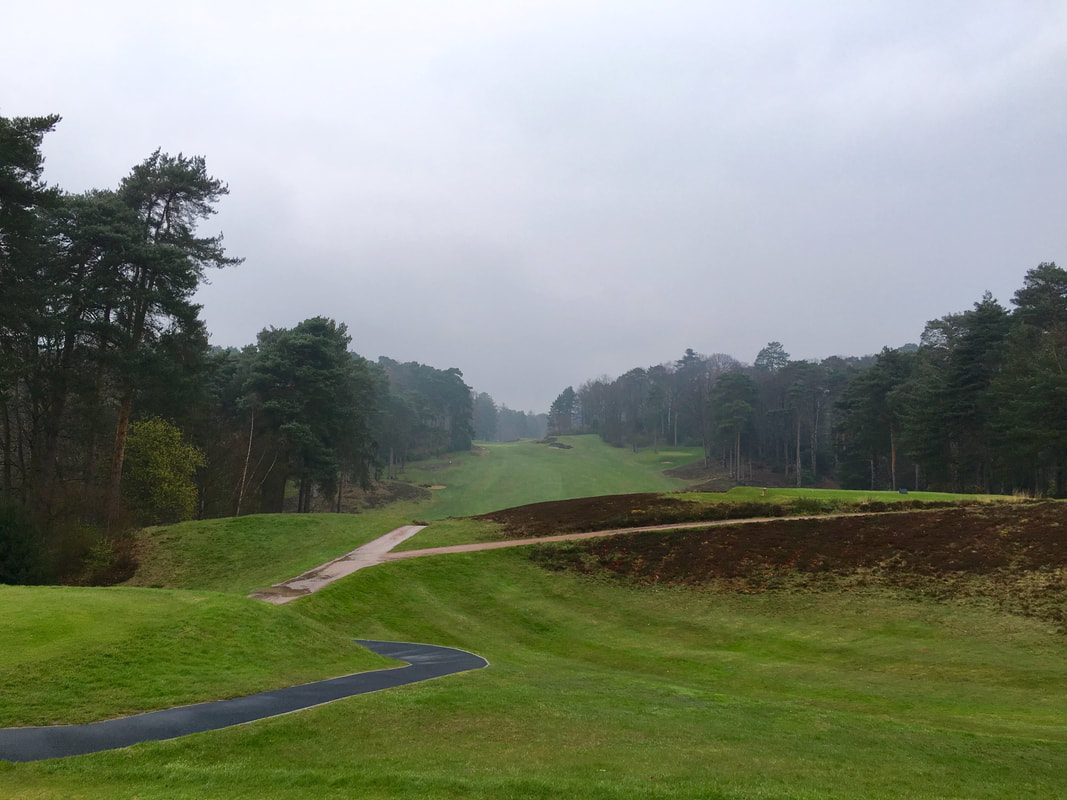

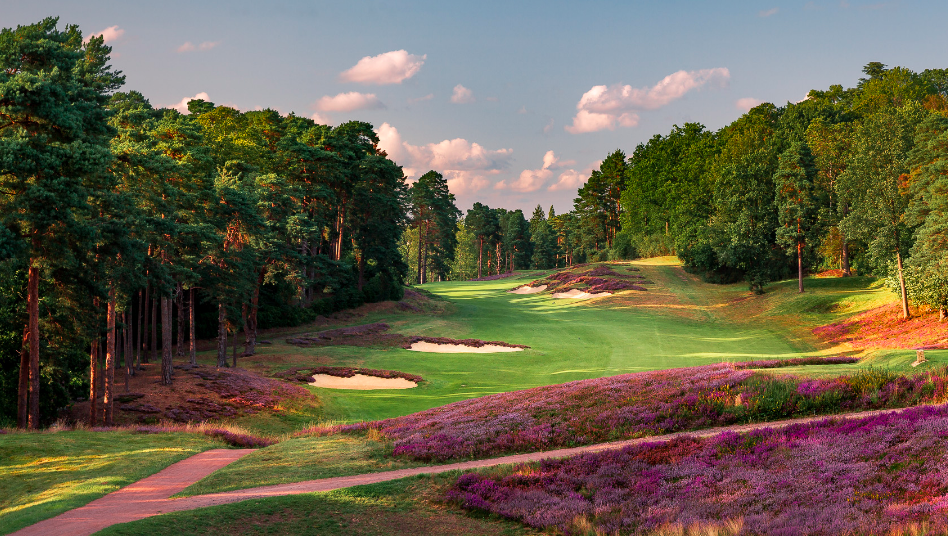

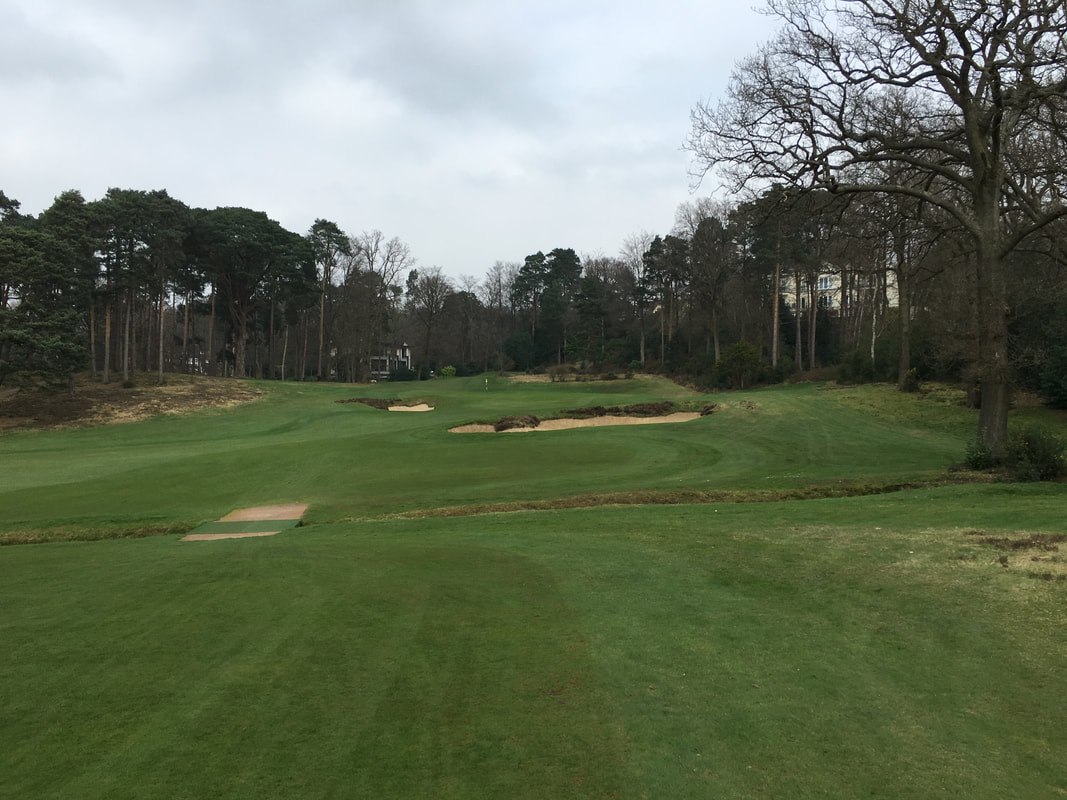
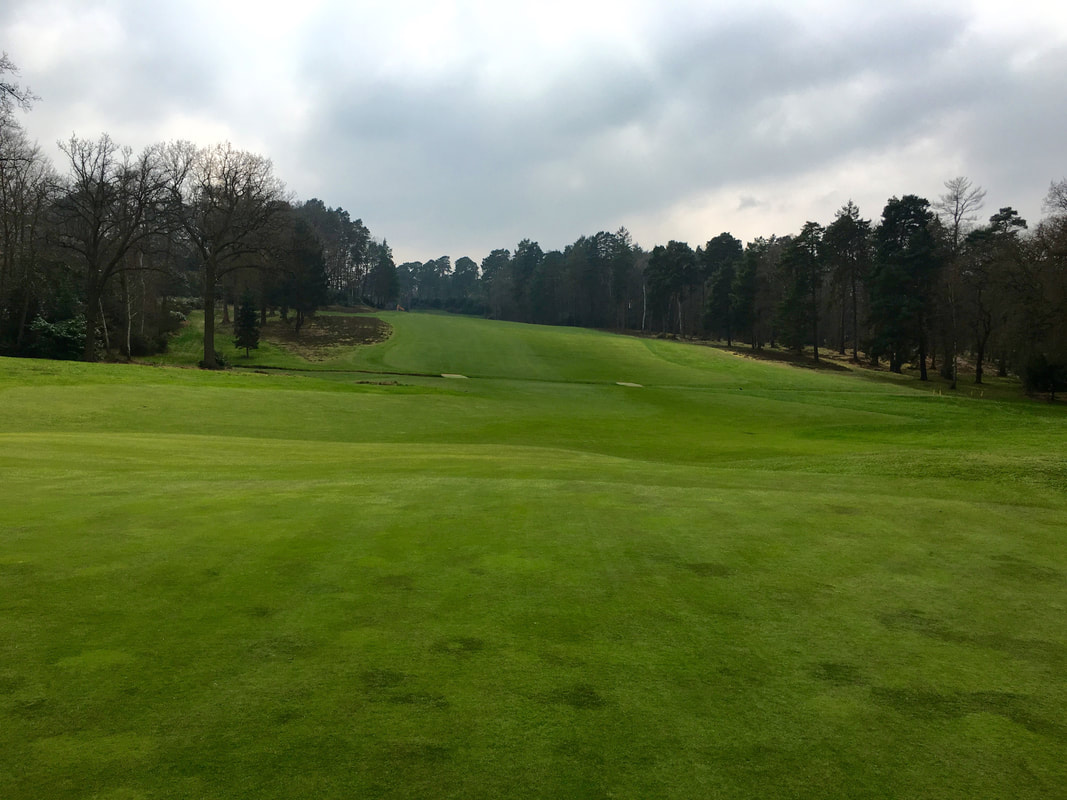




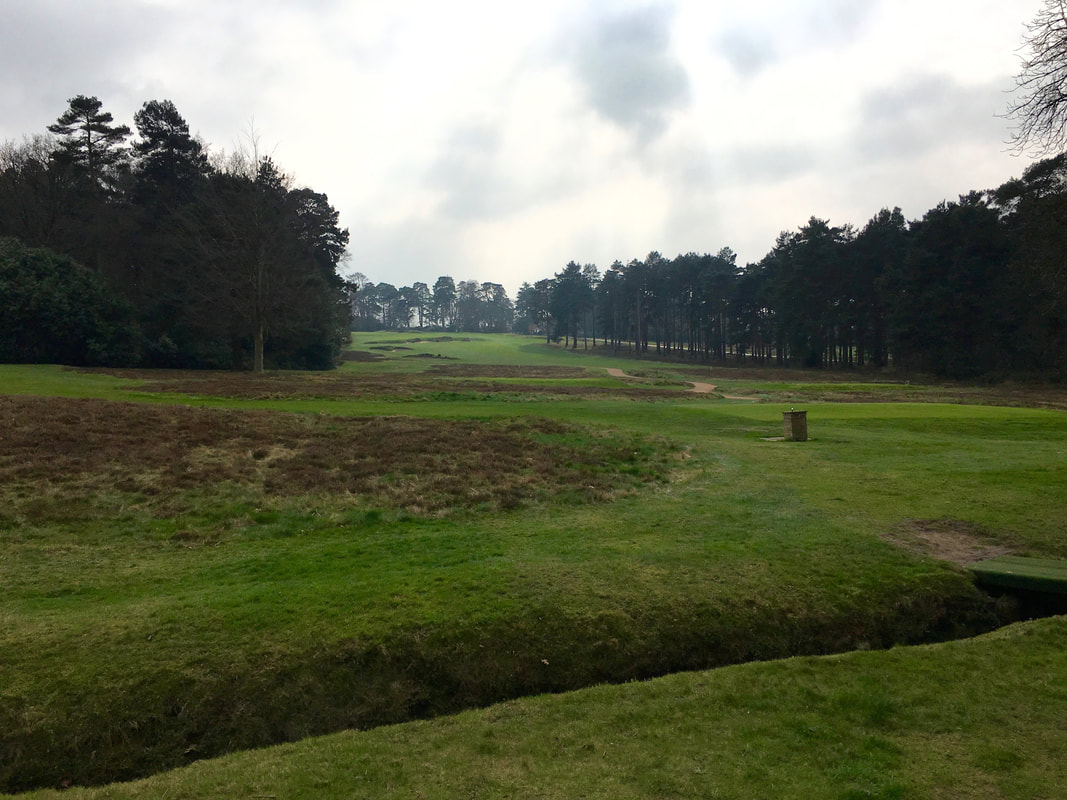
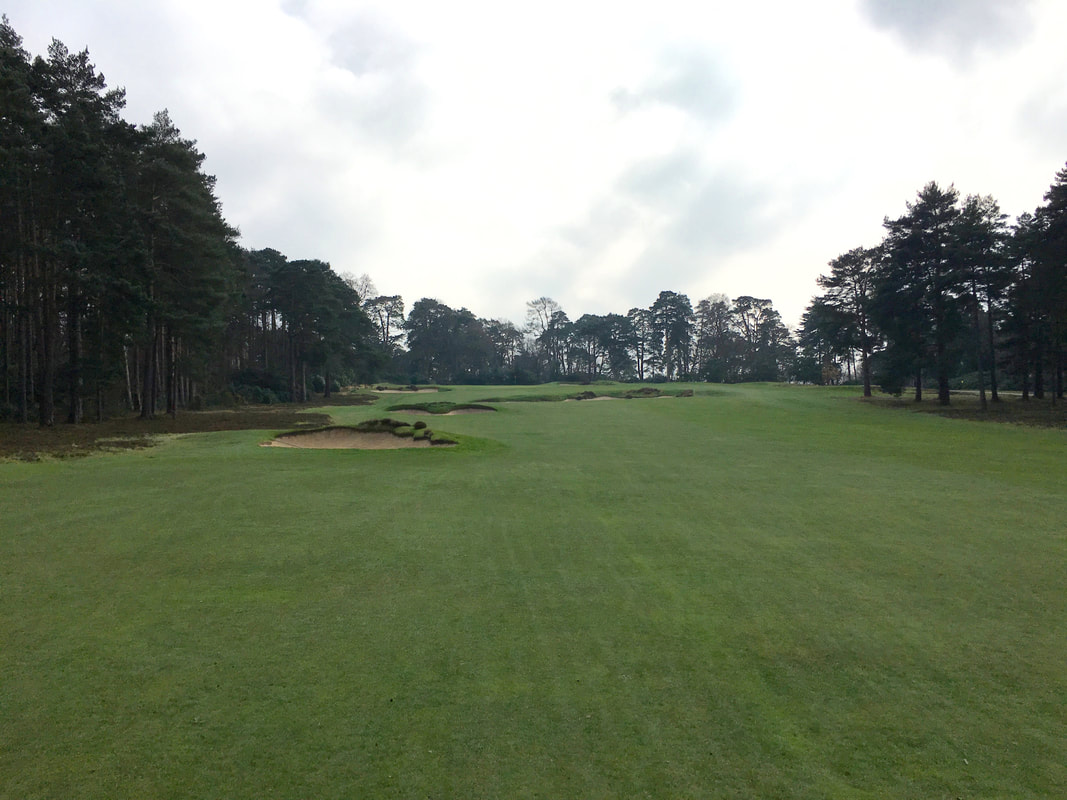
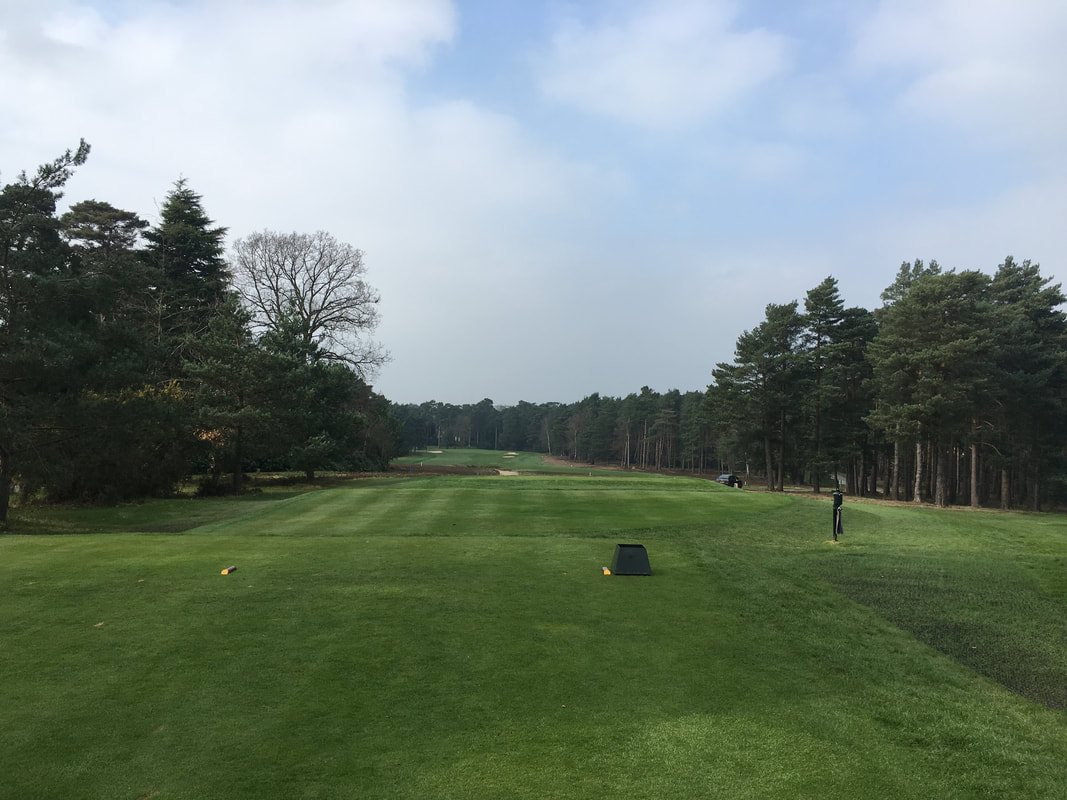
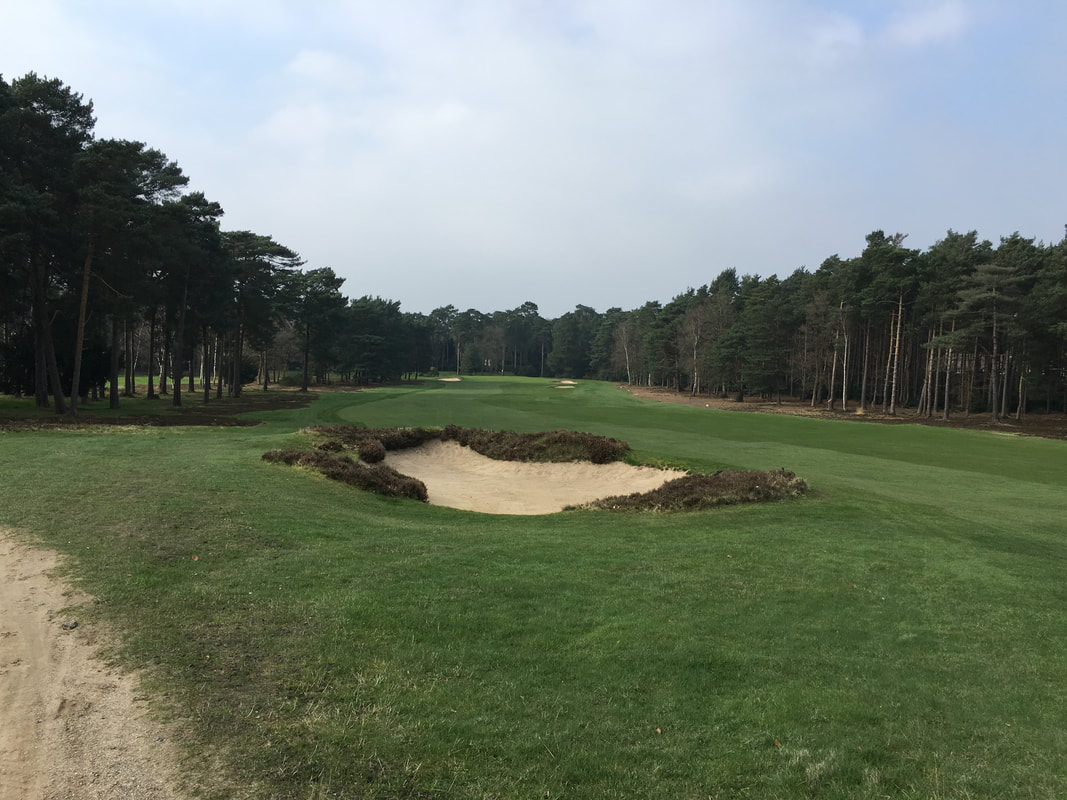
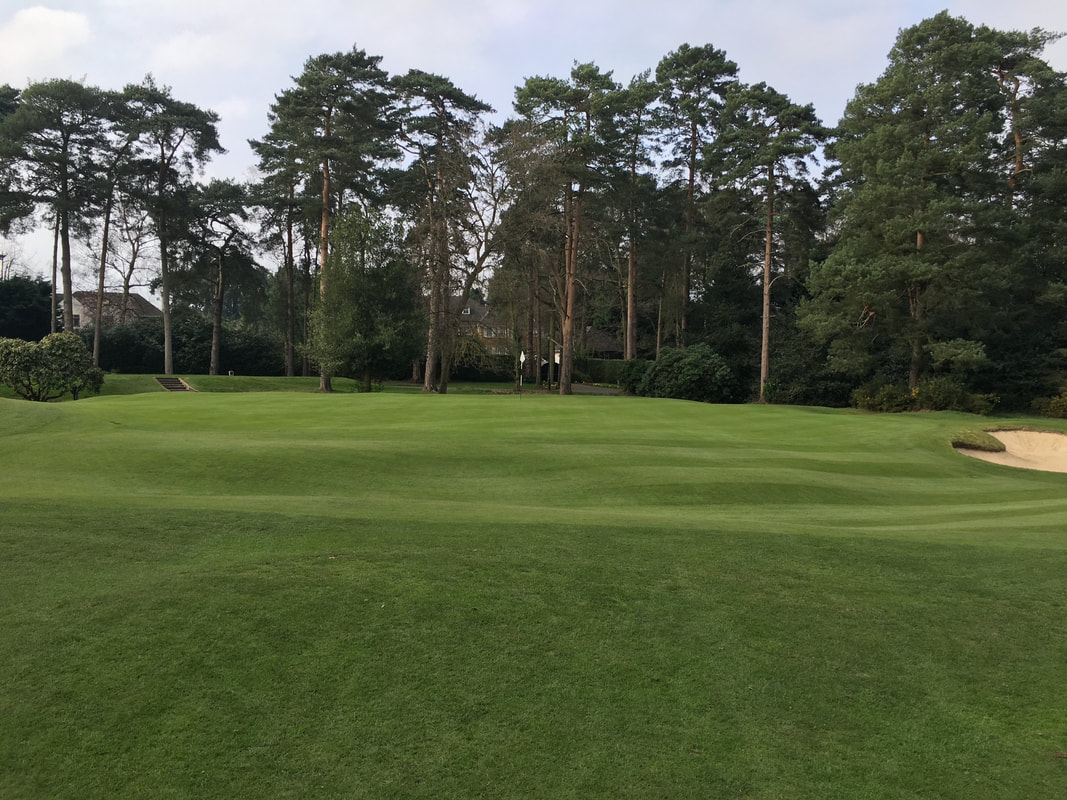
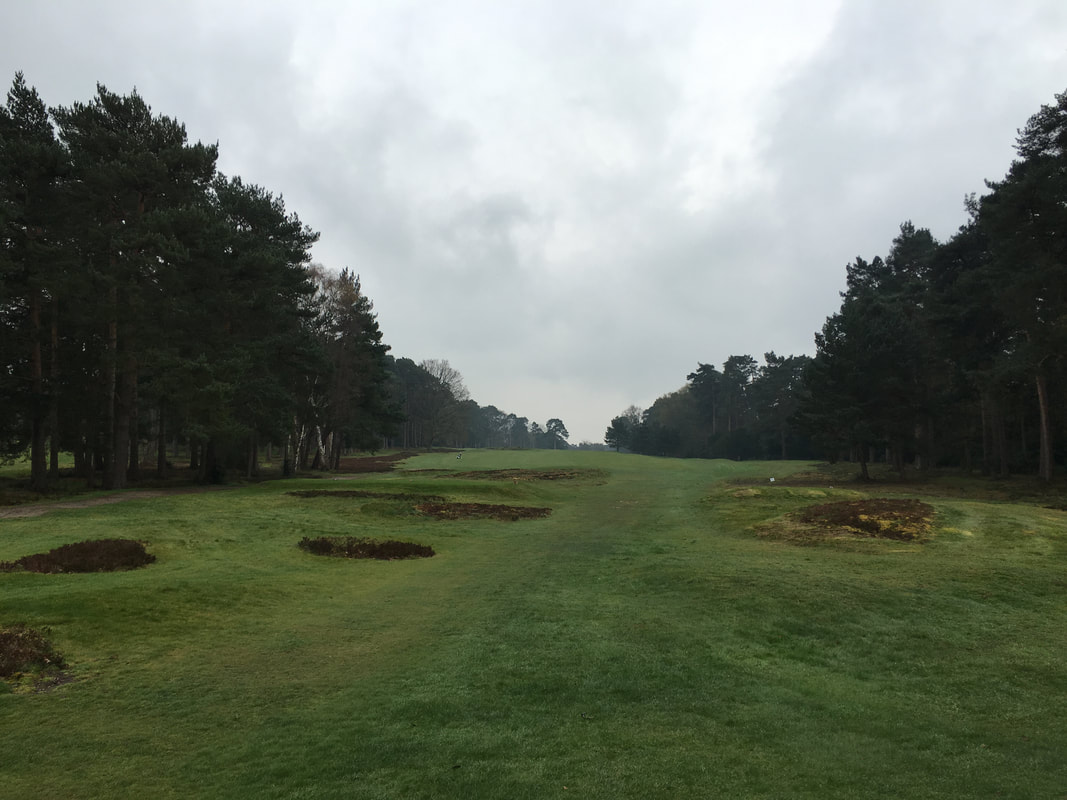
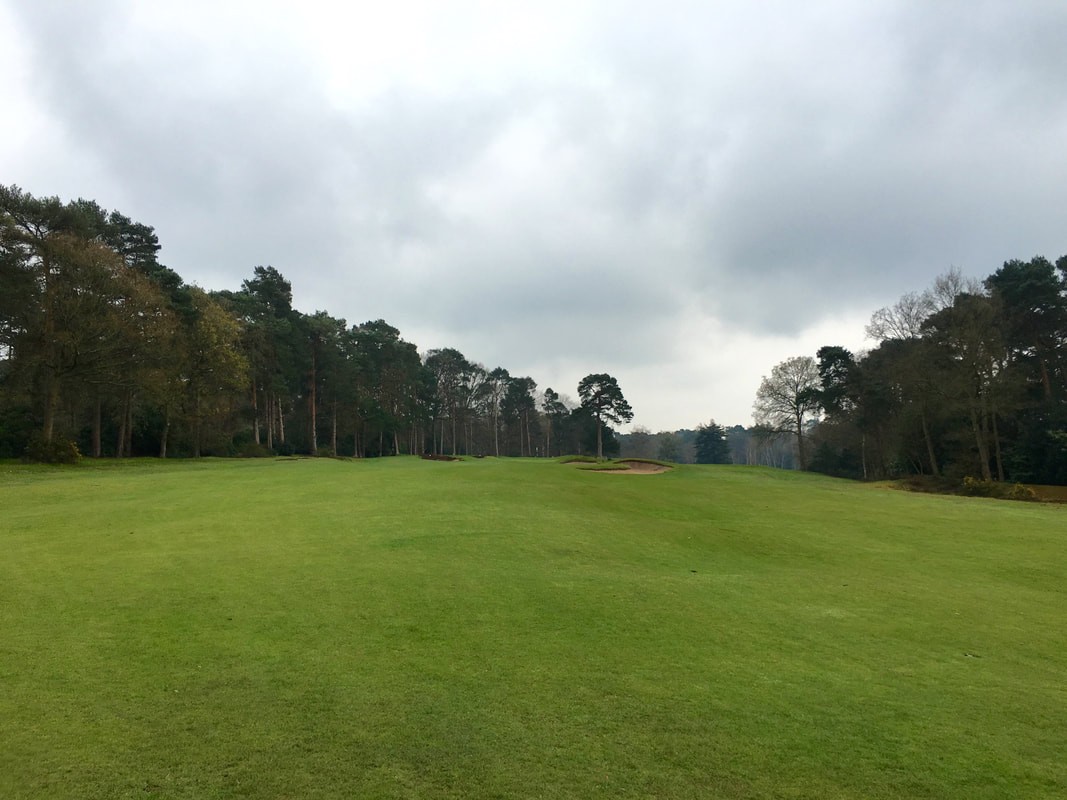
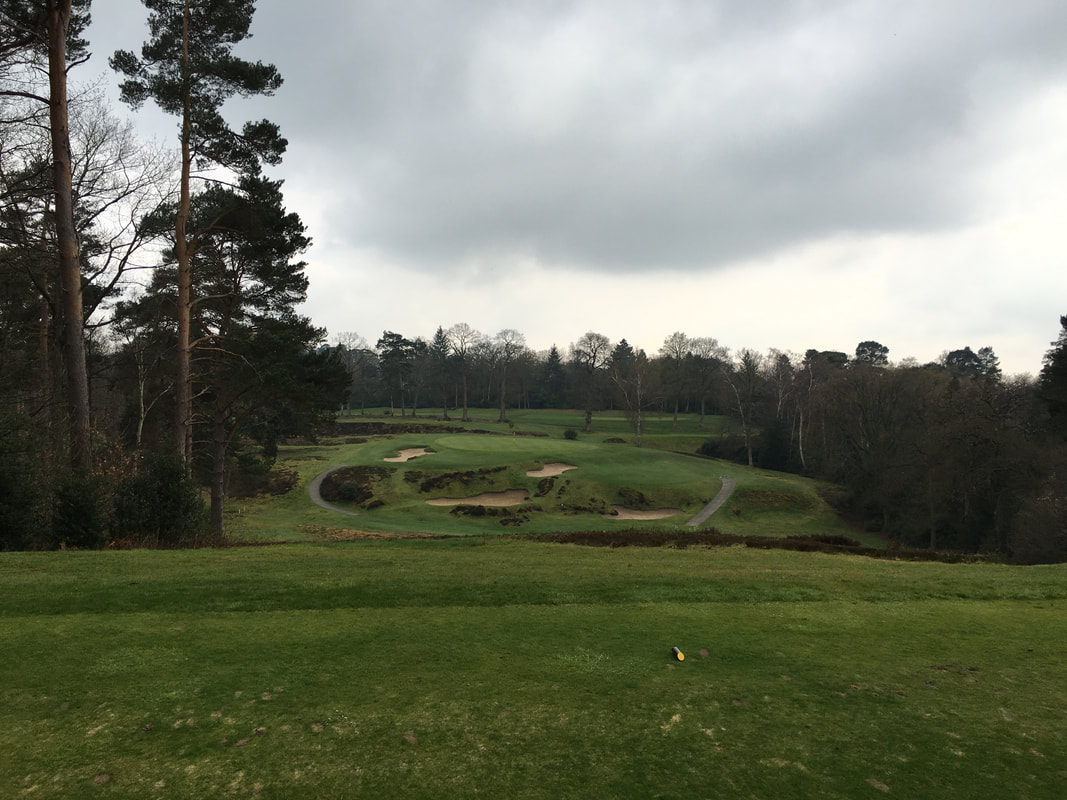
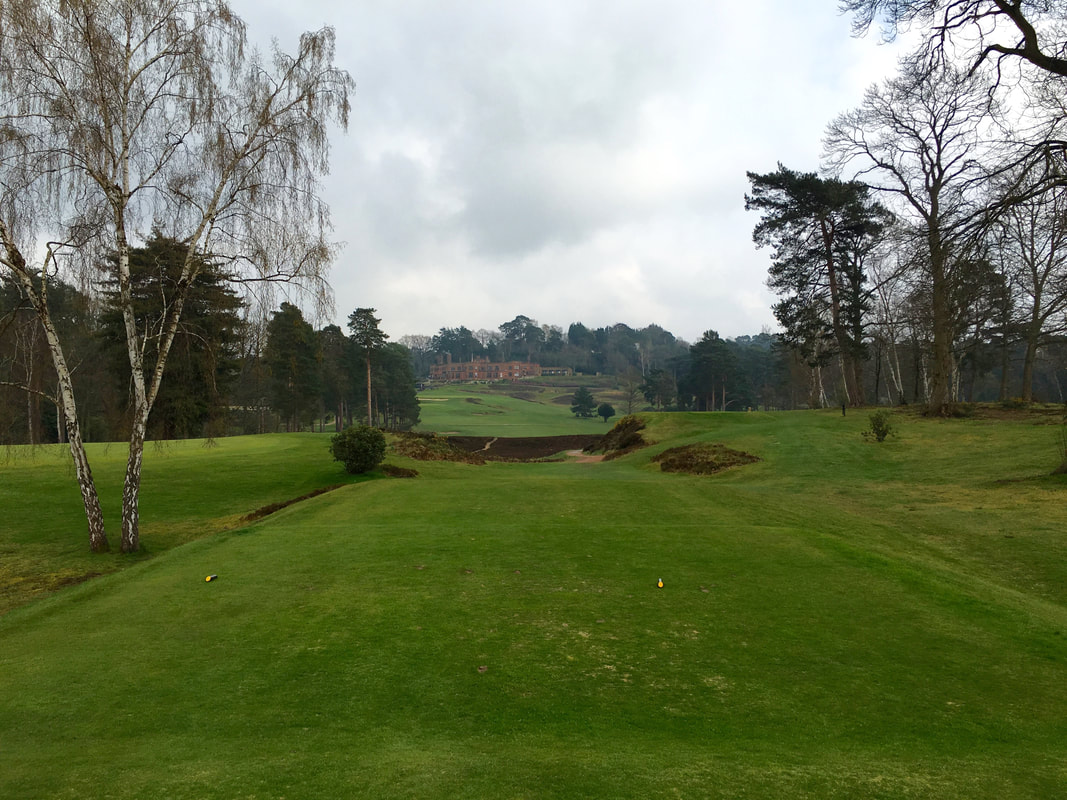

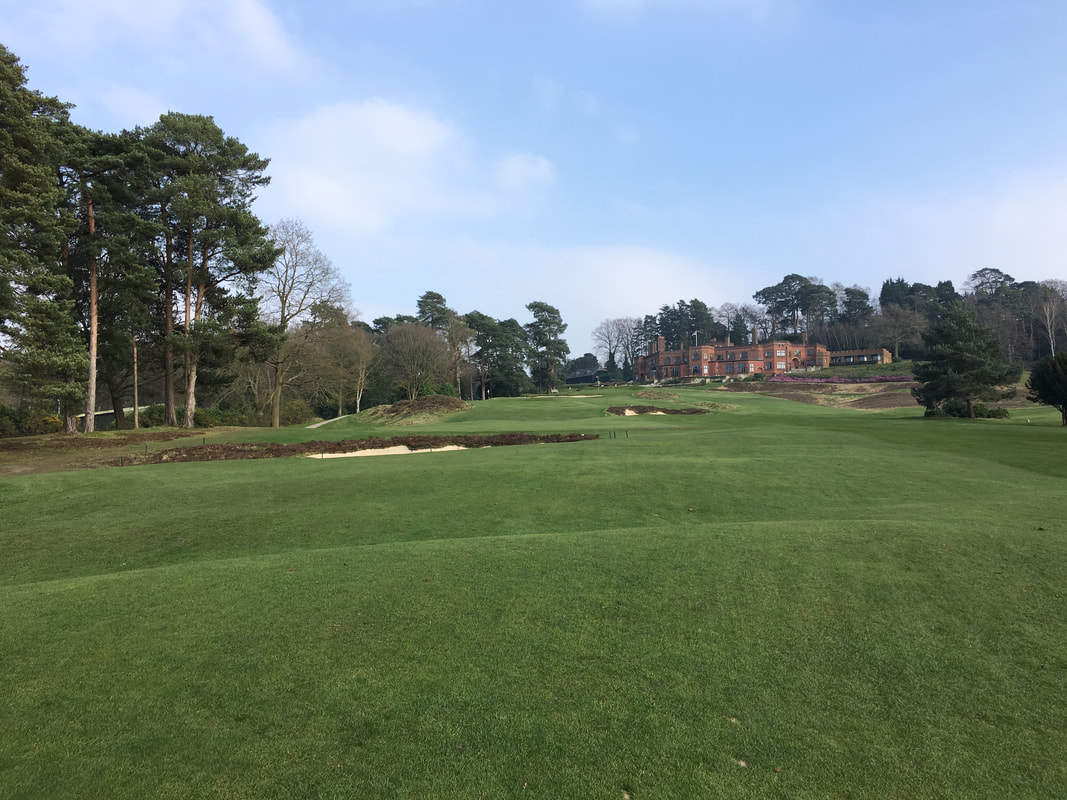
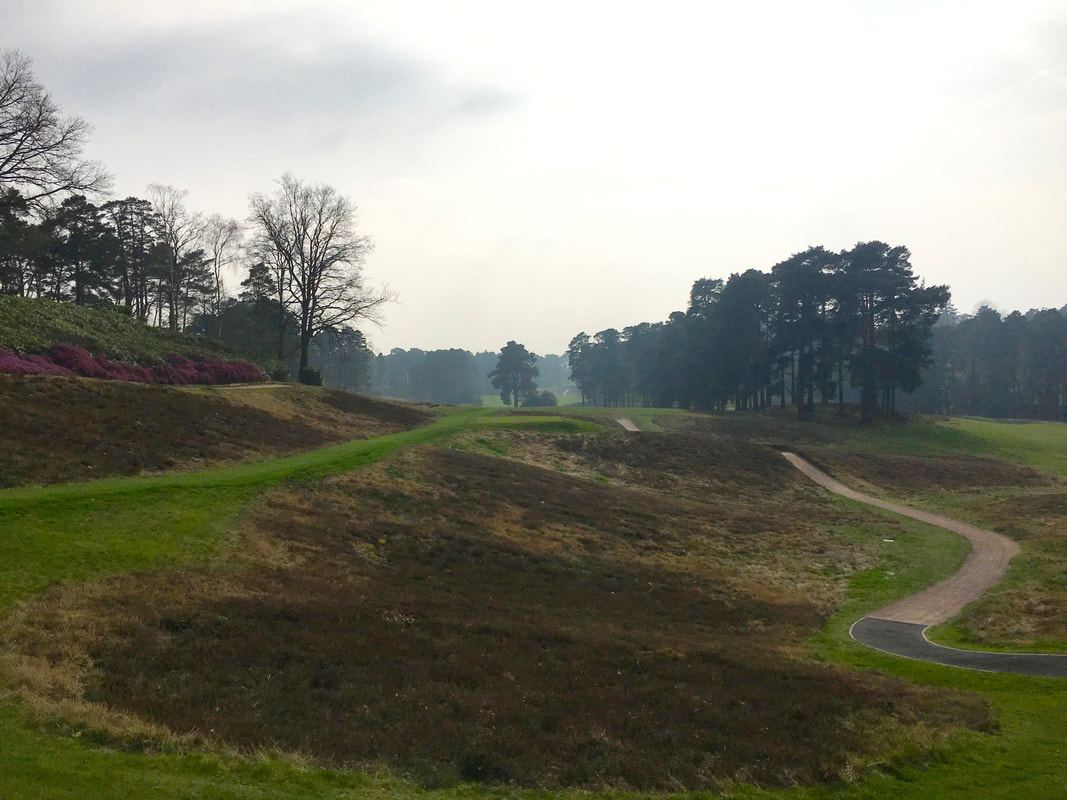
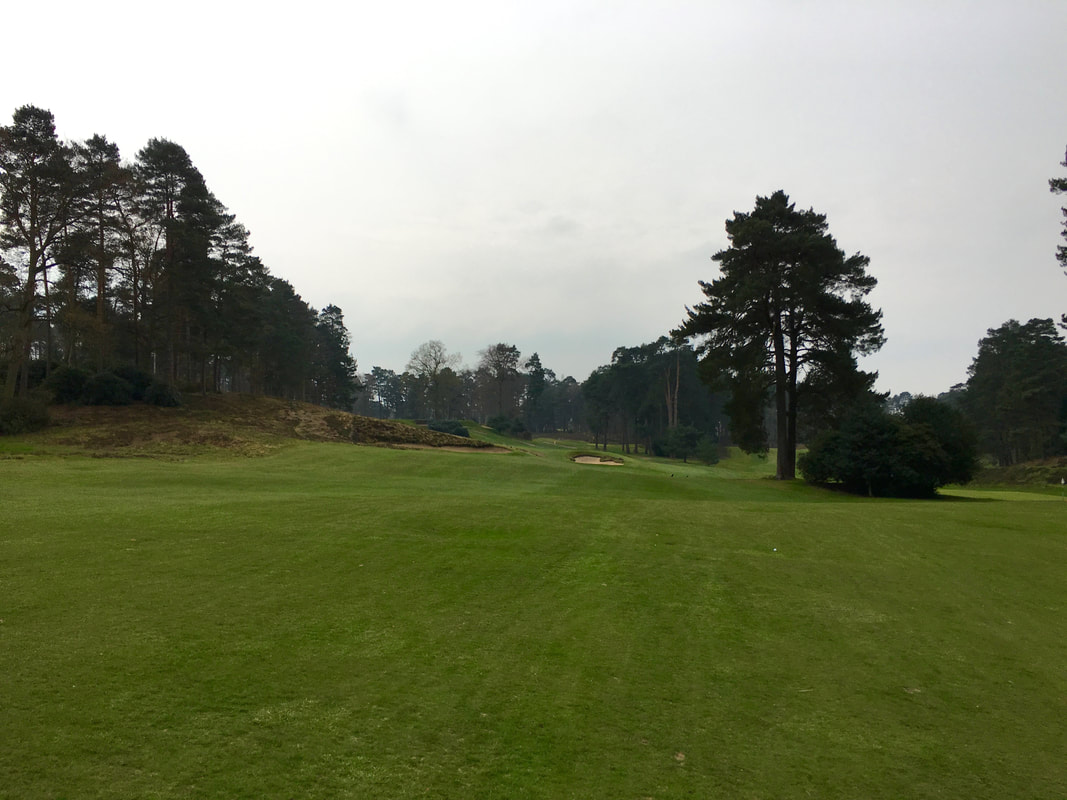
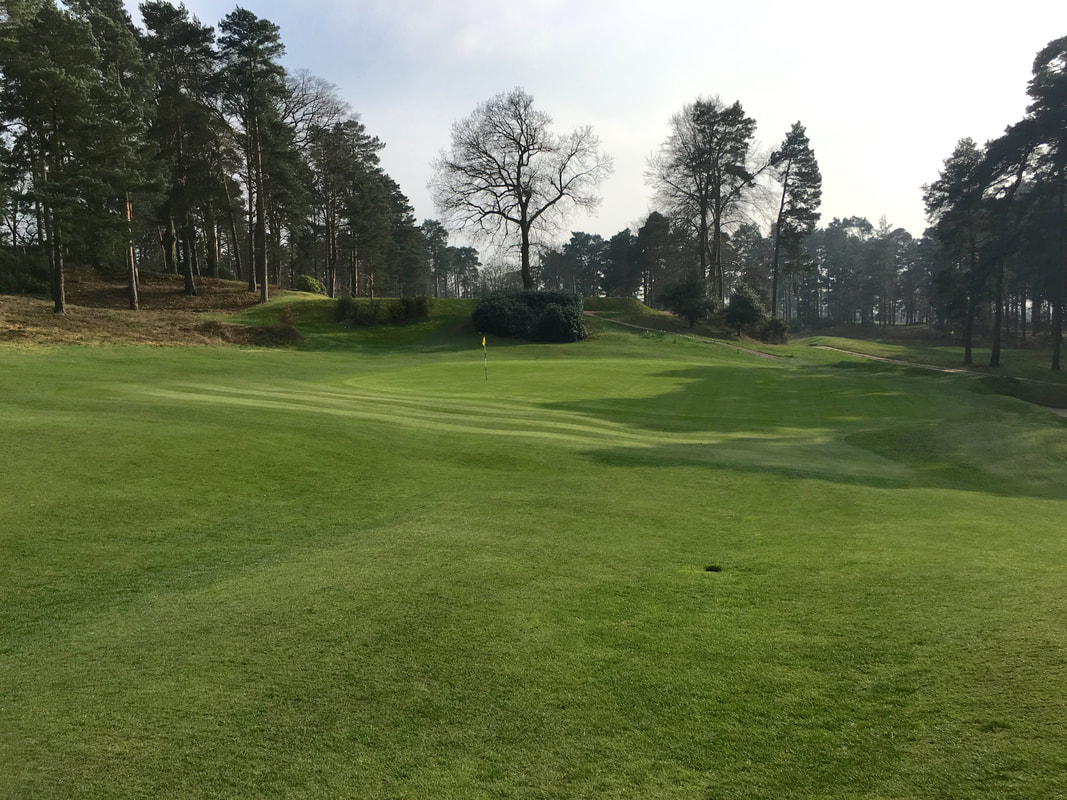

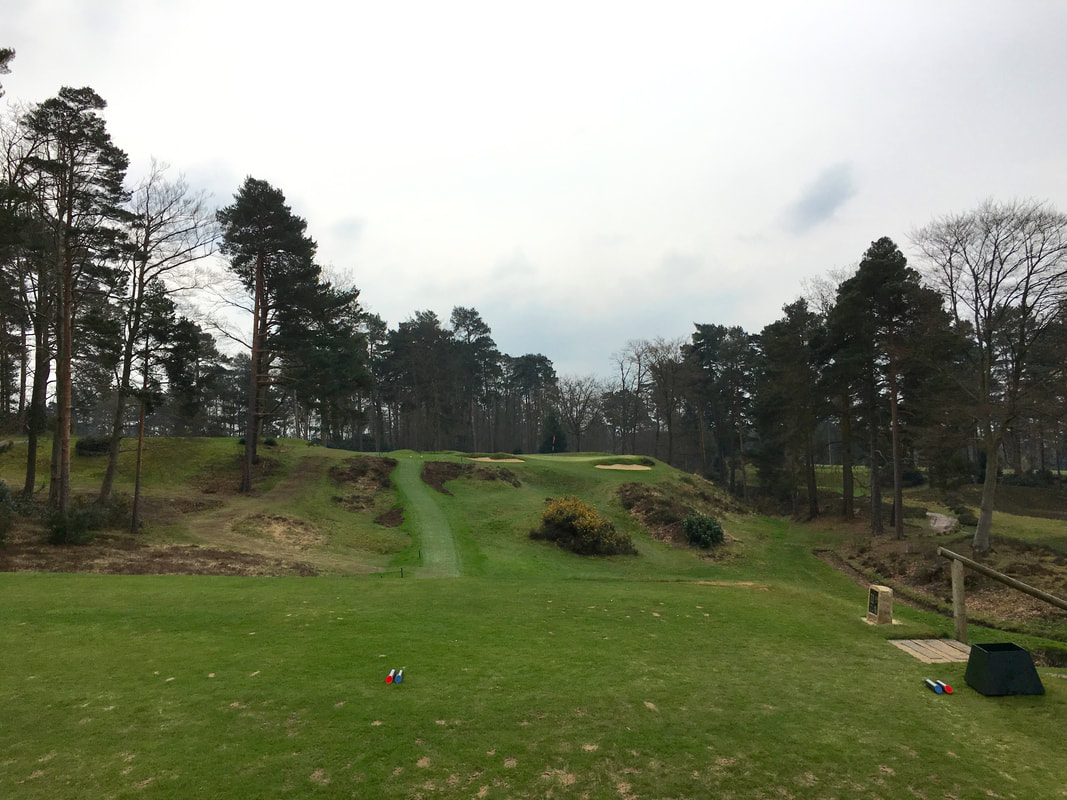
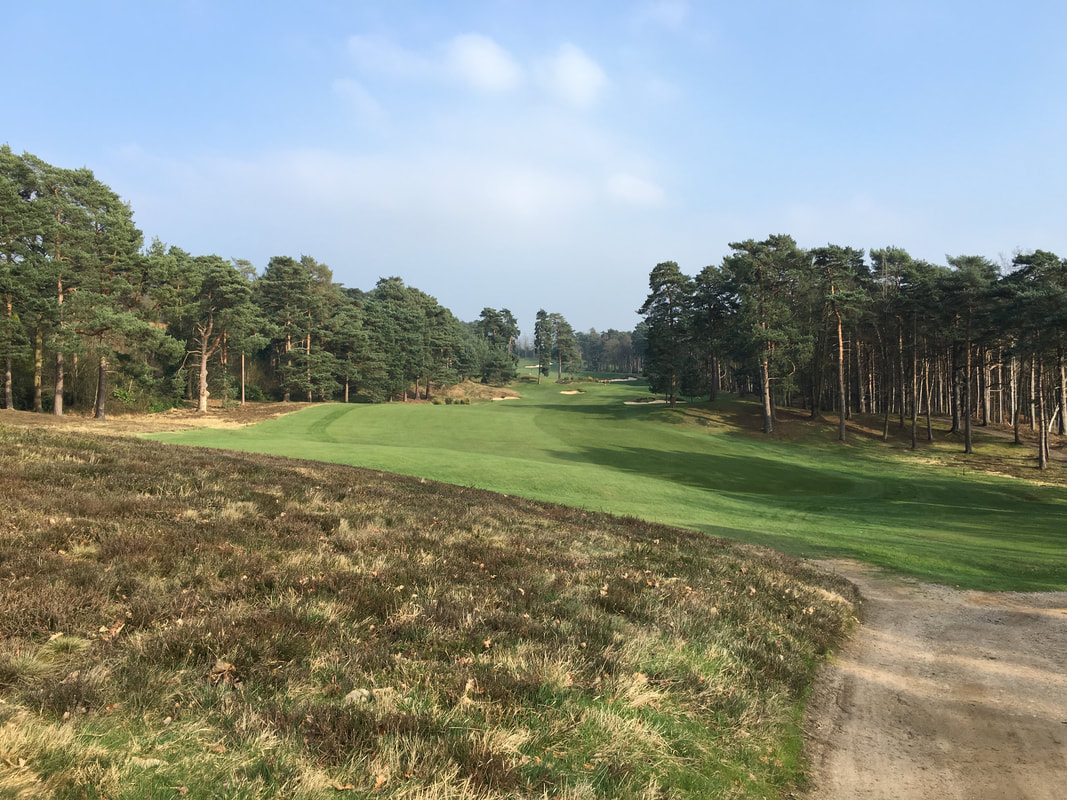

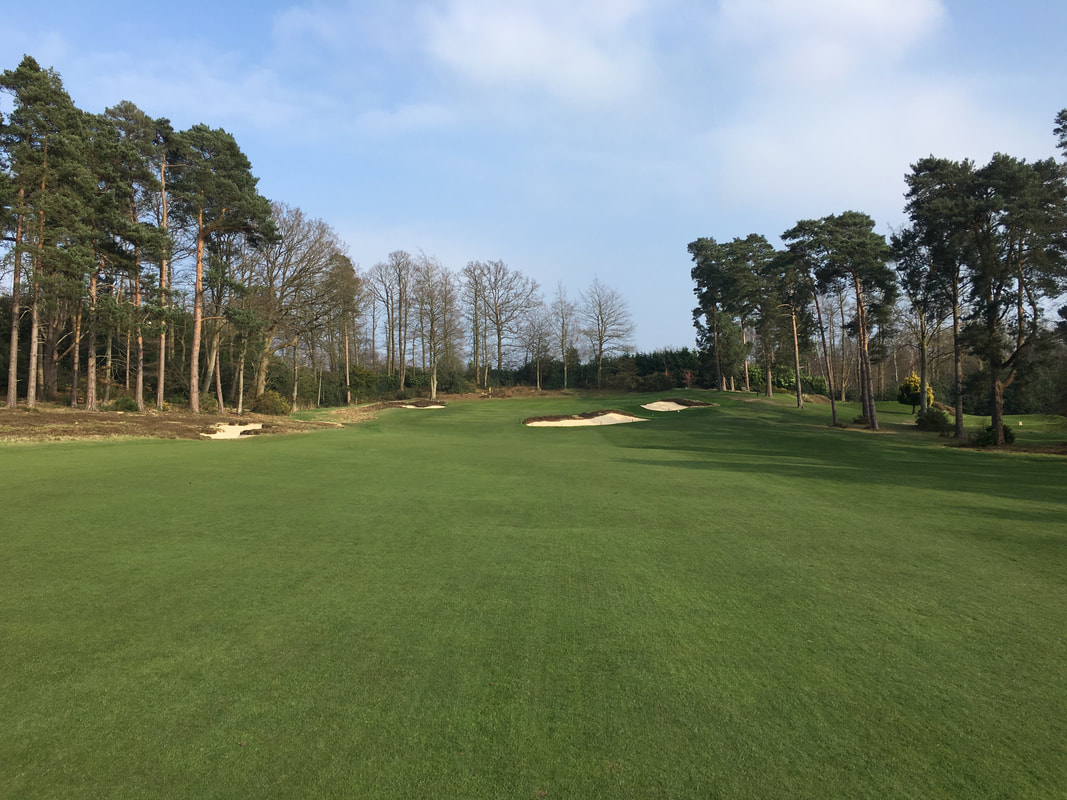
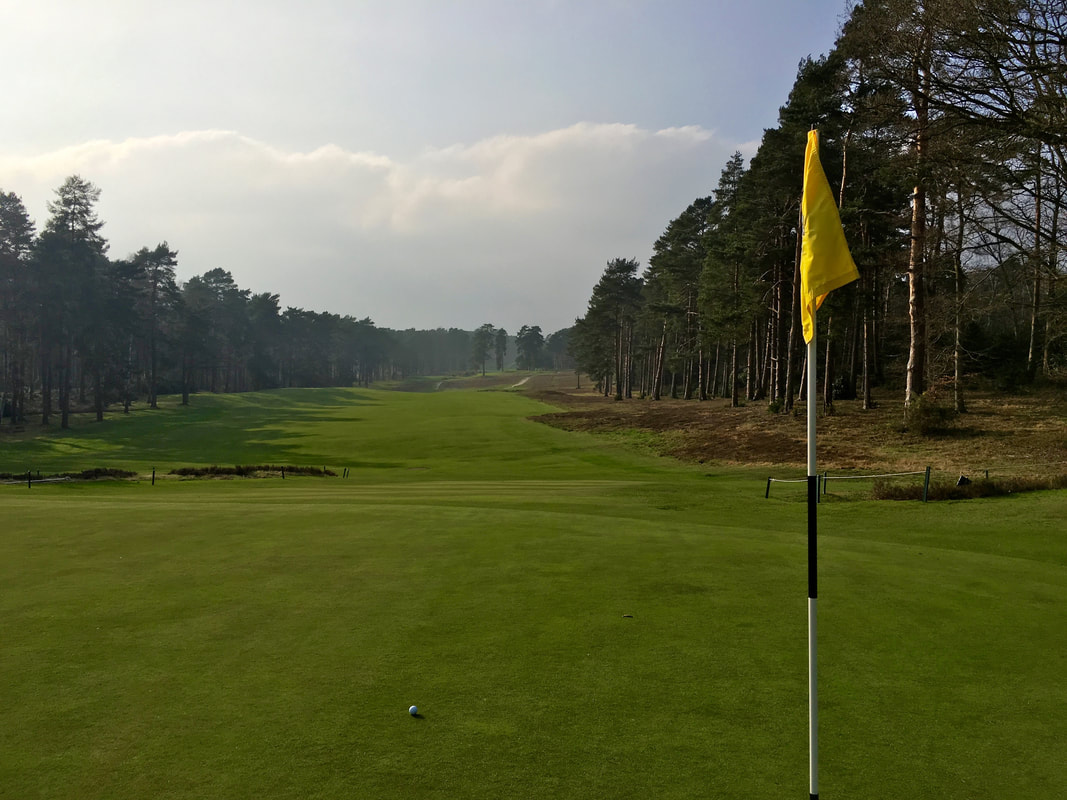
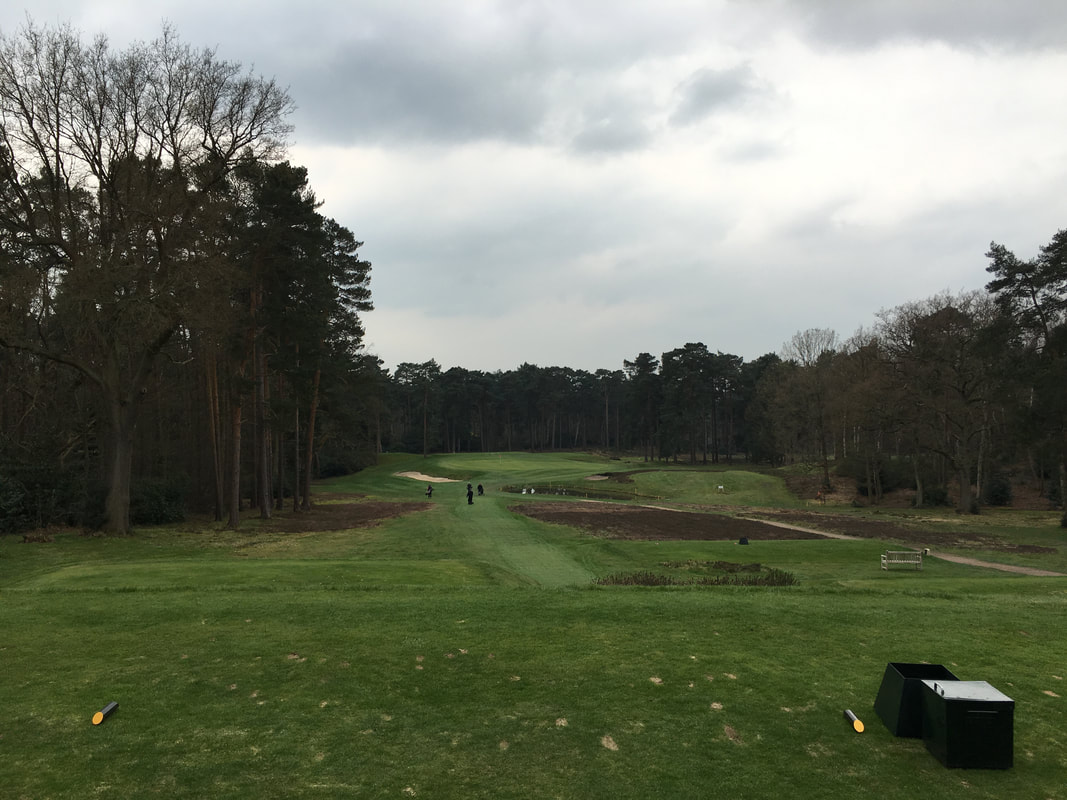
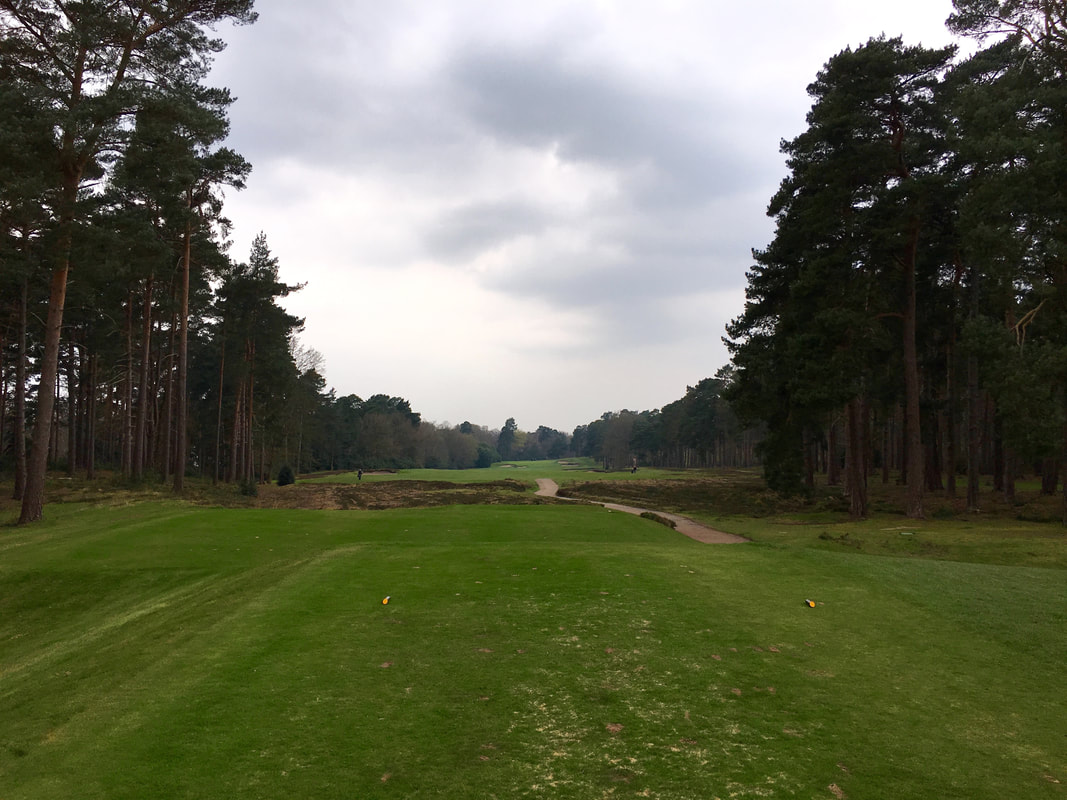
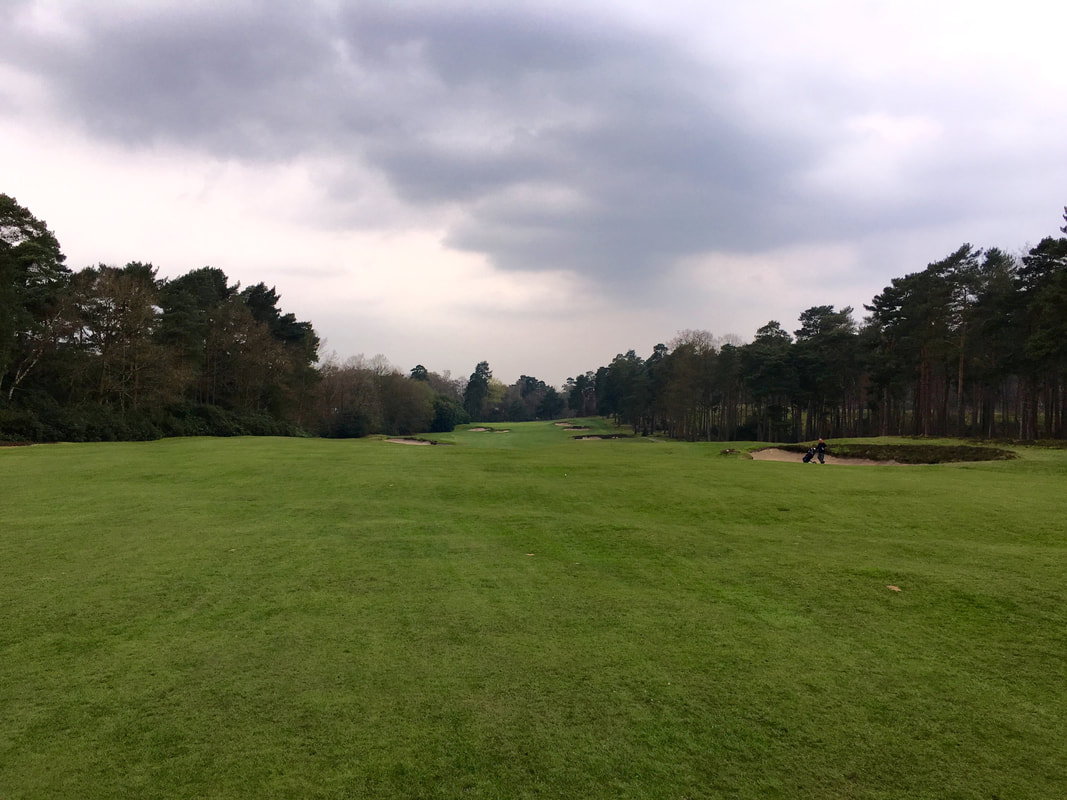
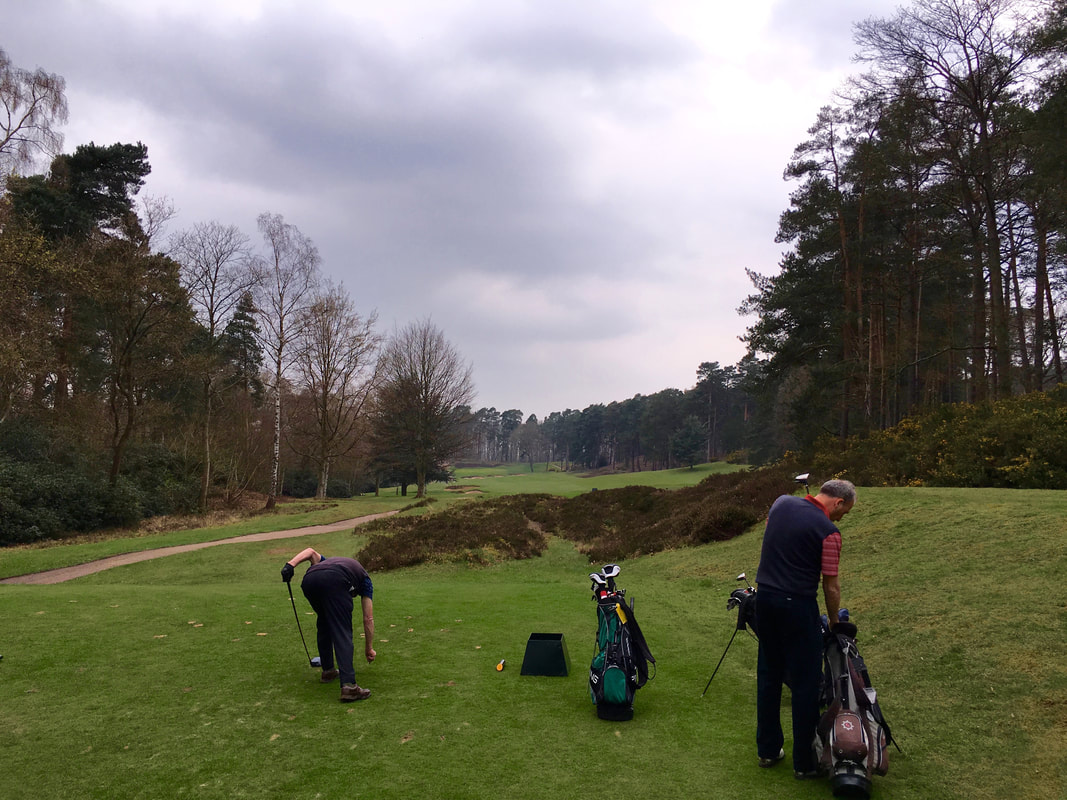
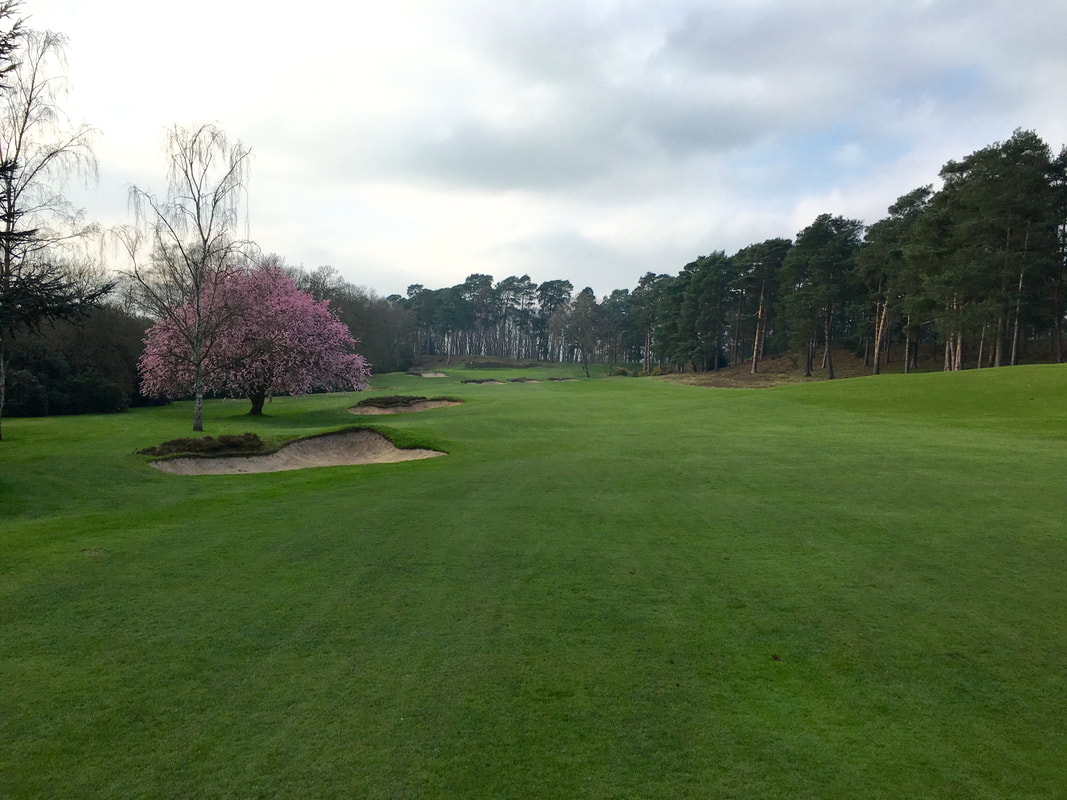
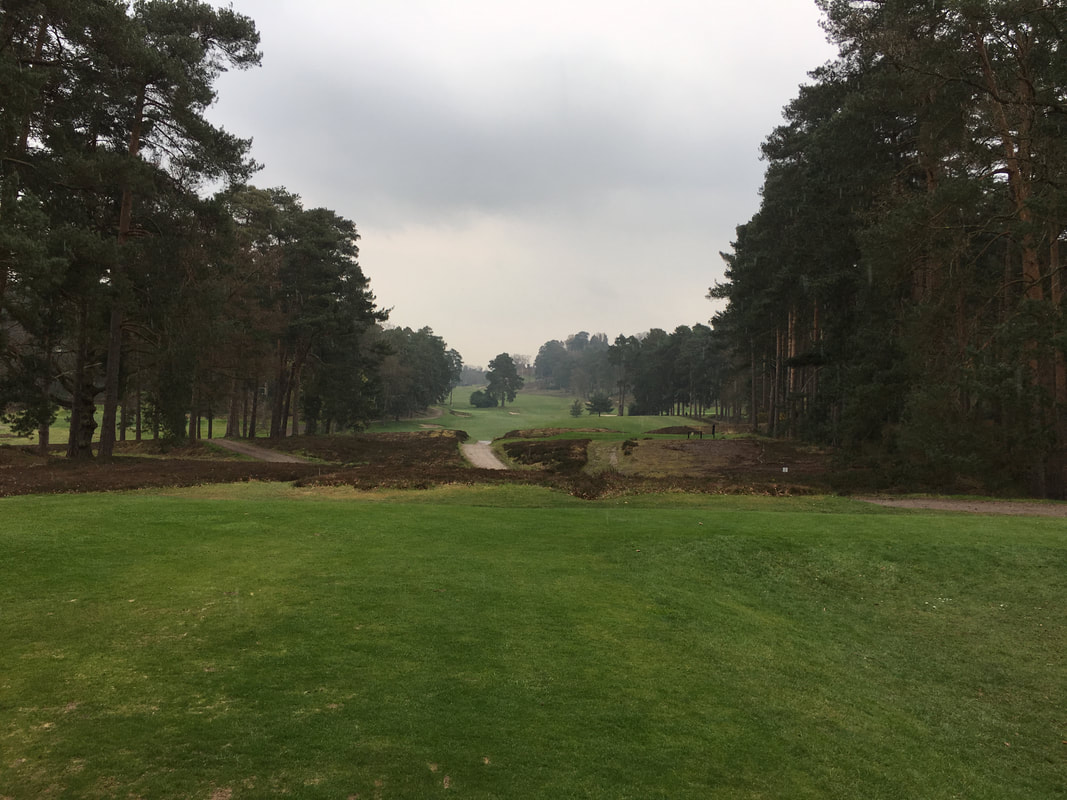
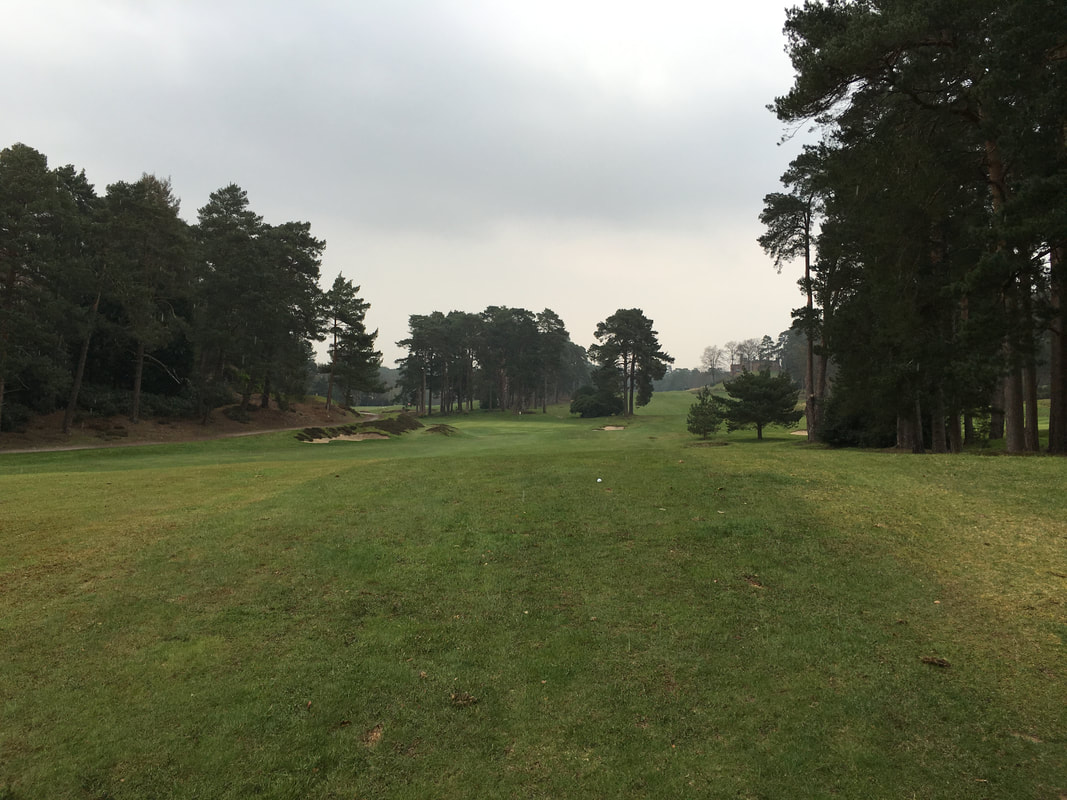
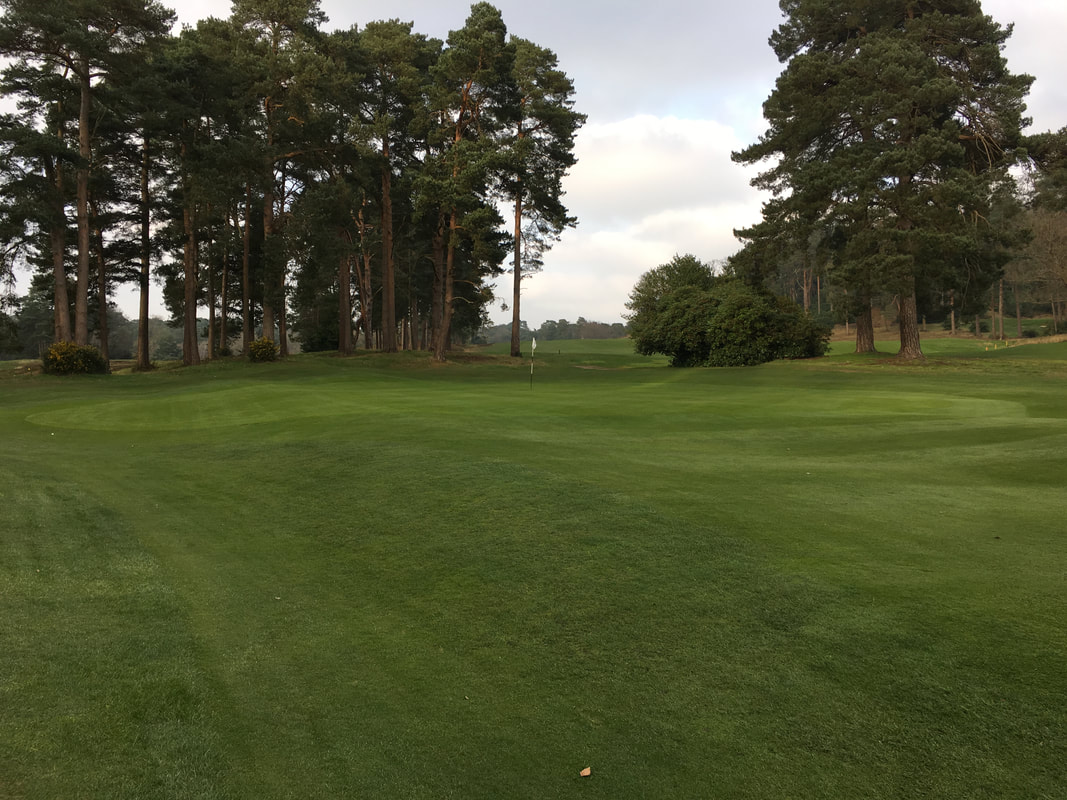
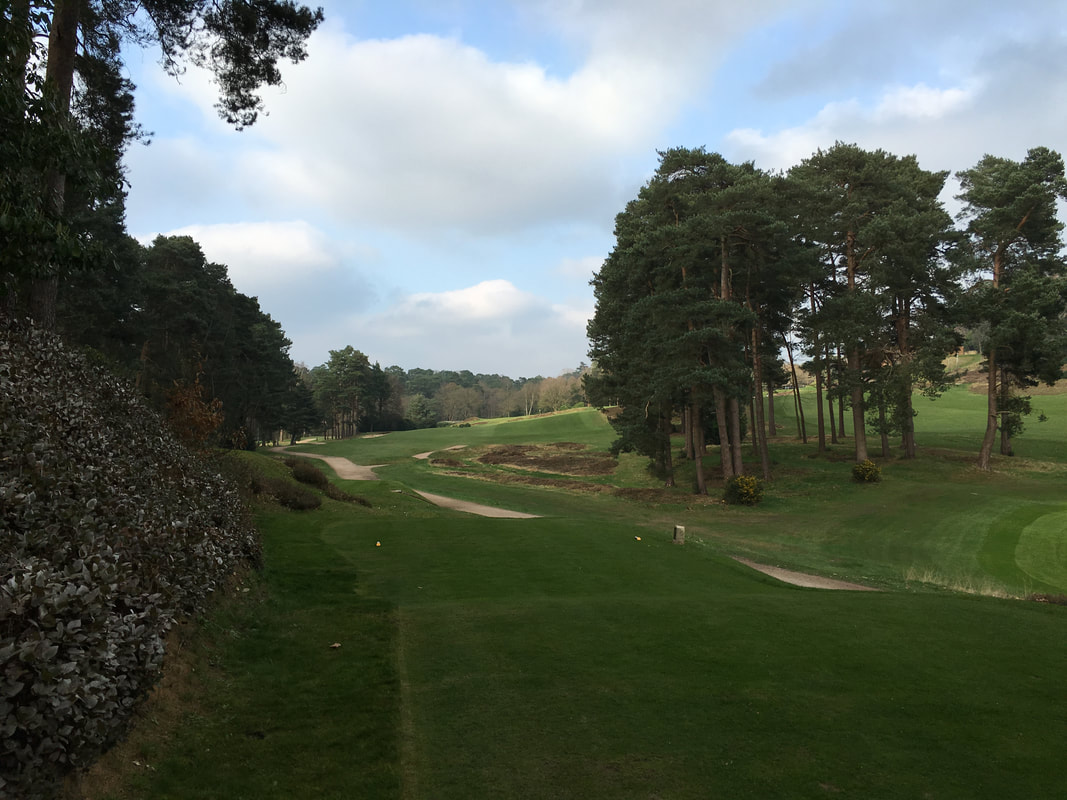

 RSS Feed
RSS Feed